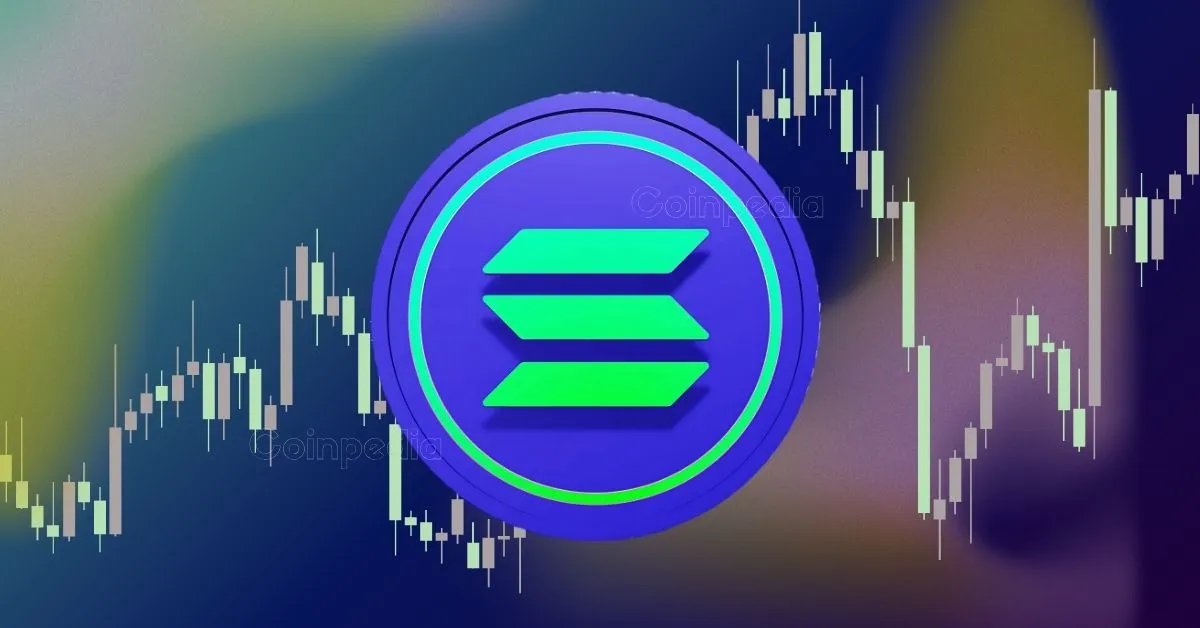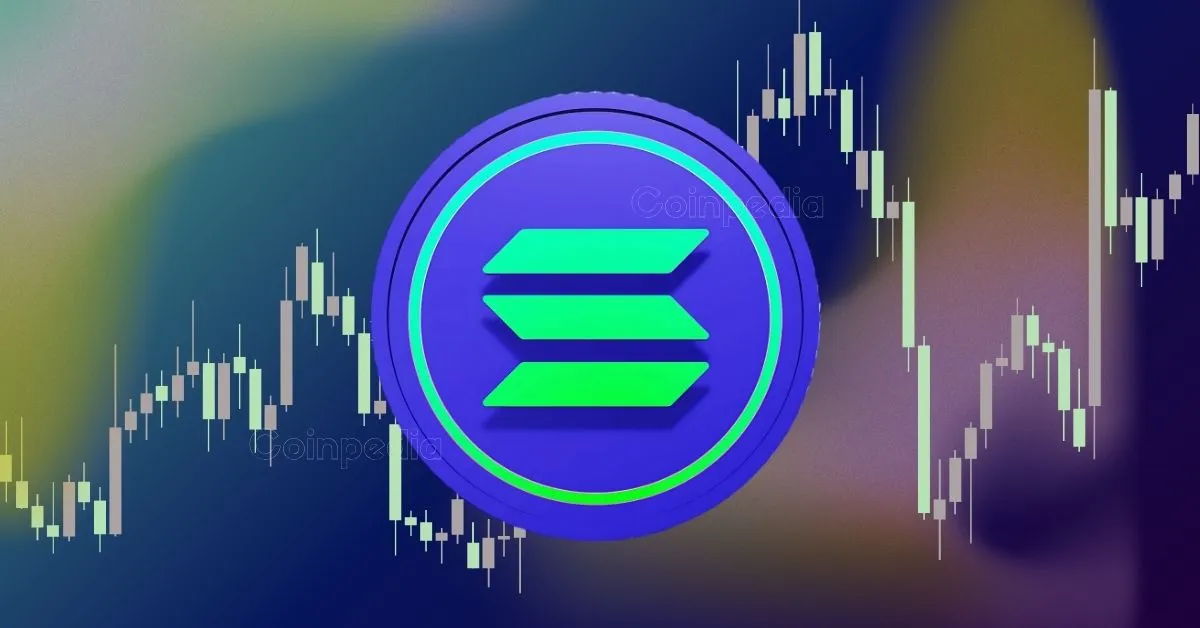Solana’s Wild Ride: A Comprehensive Analysis of Price Volatility and Network Evolution
The Speed and Scalability Promise
Solana’s entry into the blockchain arena was nothing short of meteoric. Positioned as a high-performance alternative to Ethereum, Solana’s value proposition hinged on its ability to process thousands of transactions per second (TPS) at minimal costs. This was made possible through its innovative proof-of-history (PoH) consensus mechanism, which timestamps transactions to enhance efficiency. Coupled with a delegated proof-of-stake (DPoS) system, Solana promised a scalable, decentralized network capable of supporting a wide array of applications, from decentralized finance (DeFi) to non-fungible tokens (NFTs).
The initial excitement around Solana was palpable. Investors and developers were drawn to its technical prowess, leading to a significant price surge that cemented its status as a major player in the cryptocurrency market. However, the journey has been far from smooth, with dramatic price swings and network challenges testing the resilience of the Solana ecosystem.
The Volatility Conundrum
Solana’s price action has been characterized by extreme volatility, with substantial weekly gains often followed by sharp daily declines. This rollercoaster ride can be attributed to a multitude of factors, each playing a pivotal role in shaping investor sentiment and market dynamics.
Network Activity and Utility
One of the most significant drivers of Solana’s price movements is network activity. As a utility-driven blockchain, Solana’s value is intrinsically linked to the demand for its services. When network activity slows, it directly correlates with price drops, as investors reassess the utility and demand for the blockchain. This phenomenon underscores the importance of a vibrant and active ecosystem in sustaining long-term value.
Market Sentiment and External Influences
Market sentiment, often influenced by broader cryptocurrency trends, plays a crucial role in Solana’s price volatility. Bearish sentiment, fueled by factors such as regulatory uncertainty or macroeconomic instability, can exacerbate downward price pressure. Additionally, Solana’s association with high-profile scams, such as “rug-pull” schemes, has damaged its reputation and eroded investor confidence, leading to sell-offs.
The specter of the defunct FTX exchange also looms large over Solana. Fears of a large-scale sell-off of Solana holdings by FTX have created uncertainty and contributed to price declines. This highlights the interconnected nature of the cryptocurrency market and the potential for external events to impact individual assets.
Macroeconomic Uncertainty
The broader economic landscape also plays a significant role in Solana’s price volatility. General uncertainty in the global economy, including inflation, interest rate hikes, and geopolitical tensions, can impact the entire cryptocurrency market. Solana, like other altcoins, is not immune to these macroeconomic factors, which can amplify price swings and increase market volatility.
Network Upgrades and Reliability Challenges
Solana’s journey has been marked by a series of network upgrades aimed at improving performance and stability. The recent implementation of a 20% increase in block size, following the SIMD-0256 proposal, is a testament to the network’s commitment to enhancing throughput. However, the market reaction to this upgrade was mixed, with a 10% price drop highlighting the complexities of network changes.
Past Outages and Centralization Concerns
Solana has faced several network outages, raising serious concerns about its reliability and robustness. These outages have eroded trust and triggered significant price corrections. A notable 7-hour outage, which caused a 10% drop in the price of SOL, underscores the vulnerability of the network and the potential impact on investor confidence.
Critics argue that Solana’s architecture is more centralized than other blockchains, potentially compromising its censorship resistance and security. This centralization debate adds another layer of complexity to the network’s reliability and long-term sustainability.
Firedancer Challenges
The development of the Firedancer client, a high-performance implementation of Solana, has been met with both anticipation and skepticism. Delays or challenges encountered with Firedancer can impact investor confidence and potentially slow down future improvements. The successful implementation of Firedancer is crucial for Solana’s long-term growth and stability.
The LUNA Comparison: Lessons and Distinctions
The comparison between Solana and the collapsed Terra (LUNA) ecosystem is inevitable, given the rapid rise and subsequent fall of both projects. While there are similarities, it is essential to recognize the distinctions that set Solana apart.
Similarities and Risks
Both Solana and LUNA experienced periods of rapid growth fueled by enthusiastic communities and promises of groundbreaking technology. The reliance on specific protocols and applications within the Solana ecosystem introduces systemic risks similar to those that plagued Terra. Overleveraged positions within DeFi protocols built on Solana could amplify price swings and increase the risk of liquidation cascades, reminiscent of the LUNA collapse.
Distinctions and Strengths
Solana’s underlying technology and consensus mechanism are fundamentally different from Terra’s. The Solana ecosystem is more diverse, with a broader range of applications and projects, reducing the risk of a single point of failure. Additionally, Solana continues to attract developers and projects, indicating ongoing confidence in the platform’s long-term potential.
Catalysts for Growth
Despite the risks, several factors could catalyze a renewed surge in Solana’s price. Successful network upgrades that demonstrably improve stability and performance can restore investor confidence. Increased institutional adoption can provide a foundation of stability, suggesting a long-term vision for the cryptocurrency. The approval of a Solana ETF could trigger significant inflows of capital, potentially boosting the price. Projections suggest inflows of $1–2 billion could lead to a 30–50% price increase. Continued growth and innovation within the Solana DeFi ecosystem can attract new users and increase demand for SOL.
Conclusion: Navigating the Tides of Uncertainty
Solana’s journey has been a testament to the volatile and unpredictable nature of the cryptocurrency market. While its high speed and scalability present a compelling proposition, the network’s history of volatility, past outages, and association with scams warrant caution. The potential for significant gains is undeniable, but the risks are equally substantial. The LUNA comparison serves as a stark reminder of the importance of due diligence and risk management in the cryptocurrency market.
As Solana continues to evolve, its ability to address reliability concerns and foster a secure and thriving ecosystem will ultimately determine its long-term success. Investors must navigate the tides of uncertainty with a keen eye on market dynamics, network developments, and broader economic trends. Informed investing, coupled with a balanced approach to risk, will be key to capitalizing on Solana’s potential while mitigating the inherent risks of the cryptocurrency landscape.












